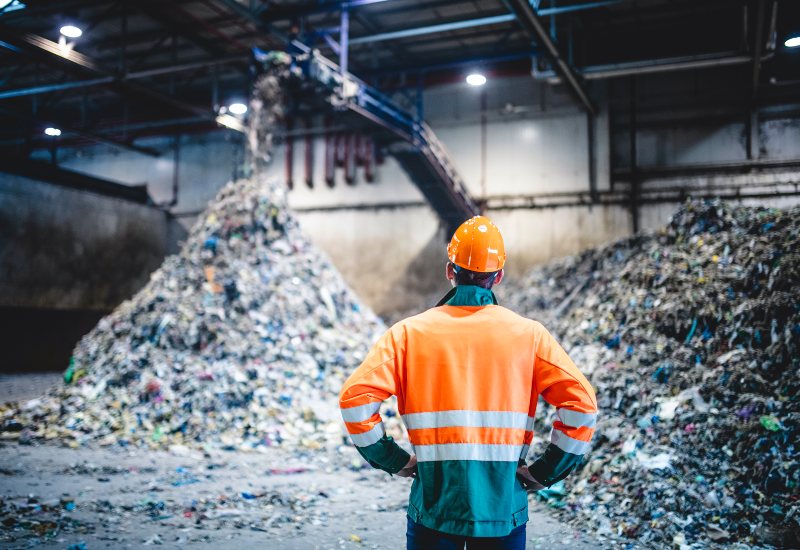
Author:
Mohsen Shamsi
Category:
Articles
Study time: 5 minutes
Waste in the production line refers to materials that are not converted into the final product in the production process and are left as unwanted by-products or residues. Waste can be created for various reasons and can bring a lot of costs to an organization. In the following, we will explain the types of waste and the reasons for their creation
Waste of raw materials:
Defective materials: Materials that are defective or damaged before entering the production line.
Excess materials: Materials that were ordered more than the production requirement and were not consumed.
Process waste:
Production waste: Materials that become defective during the production process due to reasons such as machinery errors or human mistakes.
Setup waste: Materials that are lost during the setup and operation of production machinery.
Final product waste:
Defective products: products that do not meet the standards in terms of quality and cannot be marketed.
Returned products: Products that are returned by customers due to dissatisfaction.

Problems in design and engineering:
Problems in the production process:
Human resource problems:
Management problems:
Improving production processes:
Quality management:
Education and empowerment of the workforce:
ERP and MES software: These software can help improve planning, monitoring and control of processes.
Product design optimization:
Design for Manufacturing (DFM): Designing products that are easier and more efficient to manufacture.
Choosing the right raw materials: using high quality materials that are suitable for the production process.
These are just a few examples of industrial software applications in manufacturing industries. Each of these softwares help companies to optimize and improve their processes, thereby reducing costs and increasing productivity.
Preventing waste with production line management software can be done in different ways. By providing advanced tools and capabilities, these softwares provide the possibility of improving production processes, reducing errors and optimizing resources. In the following, we mention some of the methods and tools that these softwares provide to organizations to prevent waste.

۱٫ Real-Time Monitoring and Control
Production management software allows monitoring and controlling production processes in real time. This capability allows production managers to react quickly and prevent waste in case of any deviation or problem in the production process.
These softwares optimize production planning and scheduling by using advanced algorithms. This helps to reduce idle times, optimize the use of resources and avoid unnecessary interruptions and stoppages.
Inventory and Material Management
Accurate management of inventory and raw materials by these softwares will prevent excess materials from being stored and prevent the expiration date of raw materials. Also, the optimal consumption of raw materials and the reduction of waste due to their incorrect use are guaranteed.
Quality Control
Production management software provides various quality control tools. These tools include conducting quality inspections at different stages of production, recording and tracking quality problems, and implementing corrective actions. In this way, defective products are identified and corrected and the production of waste is avoided.
These softwares have the ability to collect, analyze and report production data. By analyzing this data, managers can identify waste patterns and take necessary measures to reduce them. Periodic reports also help to improve production processes and make informed decisions.
۶٫ Automation and System Integration
Automation of production processes using production management software reduces human errors, increases accuracy and reduces downtime. These softwares can also be integrated with other systems in the organization (such as ERP and SCADA) so that information is transferred in a coordinated and seamless manner.
Production management software can help in planning and optimal allocation of human resources. These softwares provide the possibility of tracking the performance of employees, providing necessary training and improving their skills, which leads to the reduction of human errors and waste related to them.
۸٫ Product Lifecycle Management
These softwares enable the complete management of the product life cycle, from design and development to production and distribution. By optimizing and properly managing each stage of the product life cycle, waste is reduced and efficiency is increased.
Famous production management software:
SAP ERP: A comprehensive software that covers all aspects of production management.
Oracle Manufacturing Cloud: Providing advanced solutions to optimize manufacturing processes.
Siemens Opcenter: MES (Manufacturing Execution System) software for real-time production monitoring and control.
GE Digital: software for automation and production data analysis.
MRP (Material Requirements Planning) software is also a part of production management software and can effectively help reduce waste. MRP is a production and inventory management system used to plan raw material requirements and manage inventory. This system helps to improve efficiency and reduce waste in the production process. In the following, we discuss how MRP works and its role in reducing waste

Accurate Material Planning
By analyzing production plans and customer orders, MRP determines the exact amount of raw materials needed for production. This makes it possible to avoid over-ordering raw materials and to order raw materials on time and in the required amount.
MRP prevents the accumulation of excess inventory and waste due to the expiration of materials with optimal inventory management. This system keeps the inventory at the right level and prevents overstocking or shortage of materials.
Production Scheduling
MRP prevents unnecessary delays and stops in the production line by accurately scheduling production. This helps to increase productivity and reduce waste.
Reduction of Human Errors
Using MRP, many planning and inventory management processes are automated. This reduces human errors and thus reduces waste.
MRP increases productivity and efficiency by optimizing production processes and materials management. These improvements allow resources to be used more efficiently and waste to be reduced.
Demand Forecasting and Planning
By analyzing past data and forecasting demand, MRP can accurately plan the supply of raw materials and the production of products. These predictions help to avoid overproduction and accumulation of waste.
Reducing production costs:
By reducing waste and optimizing processes, production costs are reduced.
Increasing accuracy in planning:
The high accuracy of MRP in material and production planning reduces errors and waste.
Improved delivery time:
With better inventory management and accurate planning, delivery time is improved and customer satisfaction is increased.
Increase productivity:
Optimizing resources and processes increases the productivity of the production line.
SAP ERP:
Includes MRP modules used for material management and production planning.
Oracle NetSuite:
A provider of comprehensive MRP solutions for material planning and inventory management.
Microsoft Dynamics 365:
It has MRP modules for production planning and material management.
Infor MRP:
Software specifically designed for materials management and production planning.
To prevent waste with production line management software, this software plays an important role in reducing waste in production lines by accurately planning material requirements, optimal inventory management, and production scheduling. These softwares increase productivity and efficiency and reduce production costs by automating and optimizing processes.
For this reason, the use of MRP can be a powerful tool for any manufacturing organization to prevent waste and improve performance.


By entering your email in this section, you will find out about the latest articles published on the site
education
Articles
New
Tehranpars first square, Maleki St., 46, Unit 4
info@dinaeam.com
برای استفاده از دمو نرم افزارهای دینا فرم زیر را تکمیل فرمایید.
